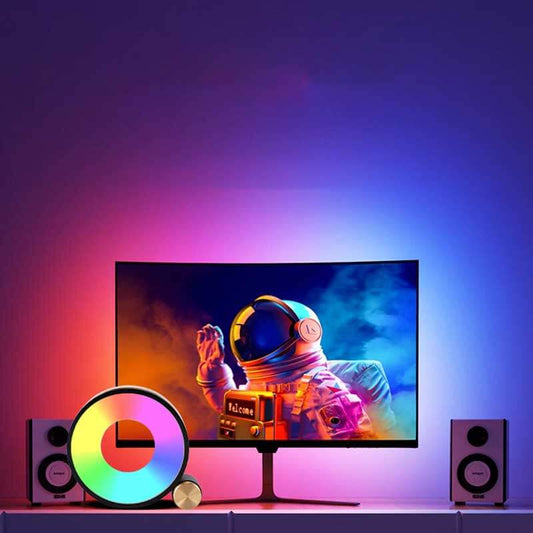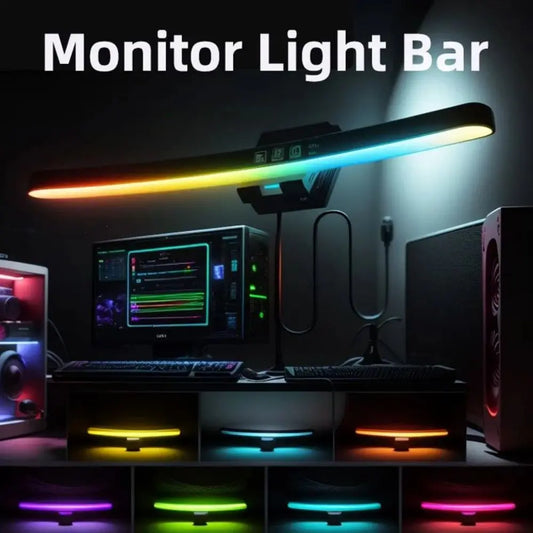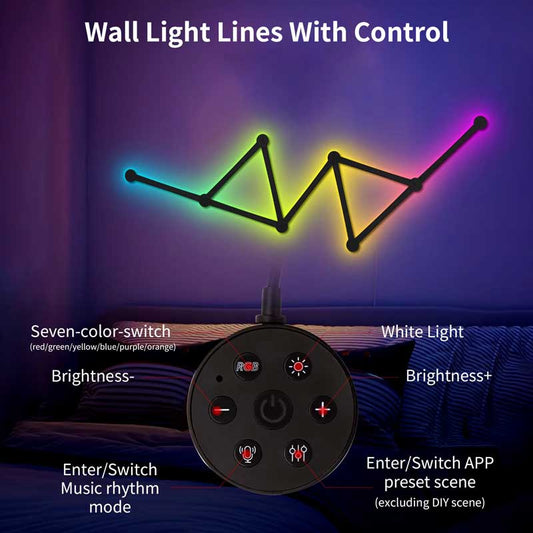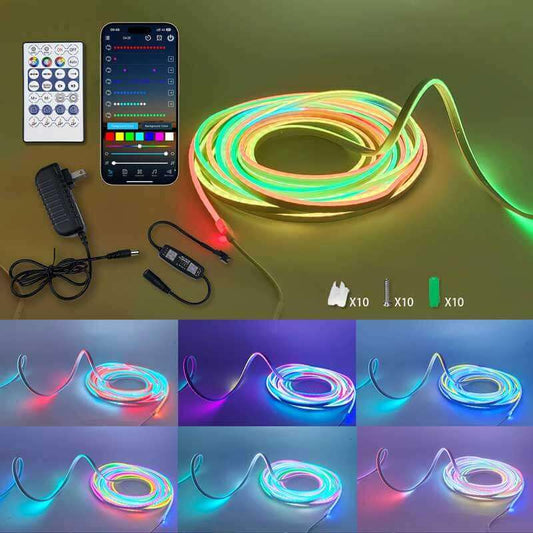10 Tips for Buying LED Strip Lights
Share
LED strip lights are a versatile and stylish lighting solution that can transform any space. Whether you’re looking to enhance your home décor, add ambiance to a room, or create a functional lighting setup, choosing the right LED strip lights is crucial. Here are ten tips to help you make an informed decision when buying LED strip lights.
1. Determine Your Purpose
Before purchasing LED strip lights, consider what you want to achieve with them:
- Accent Lighting: Highlight architectural features or decorative elements.
- Task Lighting: Provide illumination for specific tasks, such as under-cabinet lighting in kitchens.
- Ambient Lighting: Create a general atmosphere in a room.
Understanding your purpose will help you select the right type, brightness, and color of LED strip lights.
2. Choose the Right Brightness
Brightness is measured in lumens per meter (lm/m). The brightness you need depends on the application:
- Accent Lighting: 150-300 lm/m
- Task Lighting: 400-600 lm/m
- Ambient Lighting: 300-500 lm/m
Check the specifications to ensure the LED strip lights you choose provide the appropriate brightness for your needs.
3. Select the Correct Color Temperature
Color temperature is measured in Kelvin (K) and affects the mood and functionality of the lighting:
- Warm White (2700-3000K): Creates a cozy and inviting atmosphere, ideal for living rooms and bedrooms.
- Neutral White (3500-4500K): Provides balanced lighting, suitable for kitchens and workspaces.
- Cool White (5000-6500K): Bright and crisp, perfect for task lighting and areas requiring high visibility.
Consider the ambiance you want to create and choose the color temperature accordingly.
4. Opt for the Right Color
LED strip lights come in a variety of colors:
- Single Color: White, red, blue, green, etc.
- RGB: Capable of producing multiple colors.
- RGBW: Includes an additional white LED for more color options and better quality white light.
For dynamic and customizable lighting, RGB or RGBW strips are excellent choices.
5. Check the Power Supply
Ensure that the LED strip lights come with a compatible power supply. The power supply should match the voltage and wattage requirements of the LED strips. Common voltages are 12V and 24V. Verify the total wattage of the strips and select a power supply that can handle it, with some extra capacity for safety.
6. Consider the Length and Flexibility
LED strip lights are available in different lengths and can often be cut to size. Measure the area where you plan to install the lights and choose strips that fit. Flexibility is also important if you need the strips to bend around corners or fit into tight spaces.
7. Look for Quality and Durability
Quality is crucial for longevity and performance. Look for the following indicators of high-quality LED strip lights:
- High CRI (Color Rendering Index): A CRI of 80 or higher ensures accurate color representation.
- Good Heat Dissipation: Aluminum backing helps dissipate heat, extending the life of the LEDs.
- Reputable Brand: Opt for well-known brands that provide warranty and customer support.
8. Check the Adhesive Backing
Most LED strip lights come with adhesive backing for easy installation. Ensure that the adhesive is strong enough to stick to your intended surface. For areas with high humidity or uneven surfaces, additional mounting clips or brackets may be necessary.
9. Consider Smart Features
If you want advanced control options, look for LED strip lights with smart features:
- Remote Control: Allows you to change colors, brightness, and modes from a distance.
- App Control: Provides more customization and scheduling options via a smartphone app.
- Voice Control: Integrates with smart home systems like Alexa or Google Assistant for hands-free operation.
10. Plan for Connectivity and Extensions
If you plan to connect multiple strips or extend your lighting setup, ensure compatibility between the strips and connectors. Look for kits that include connectors and extension cables, or purchase them separately. Pay attention to the maximum length that can be connected in series to avoid voltage drop and ensure consistent brightness.
Choosing the right LED strip lights involves considering factors such as brightness, color temperature, power supply, and smart features. By following these ten tips, you can select LED strip lights that meet your specific needs and enhance your space effectively. Whether you're looking to create a cozy atmosphere, improve task lighting, or add a splash of color, the right LED strip lights can make a significant difference.




